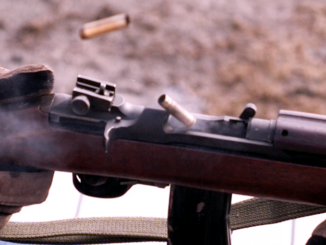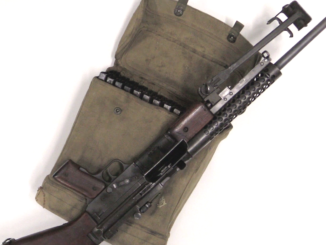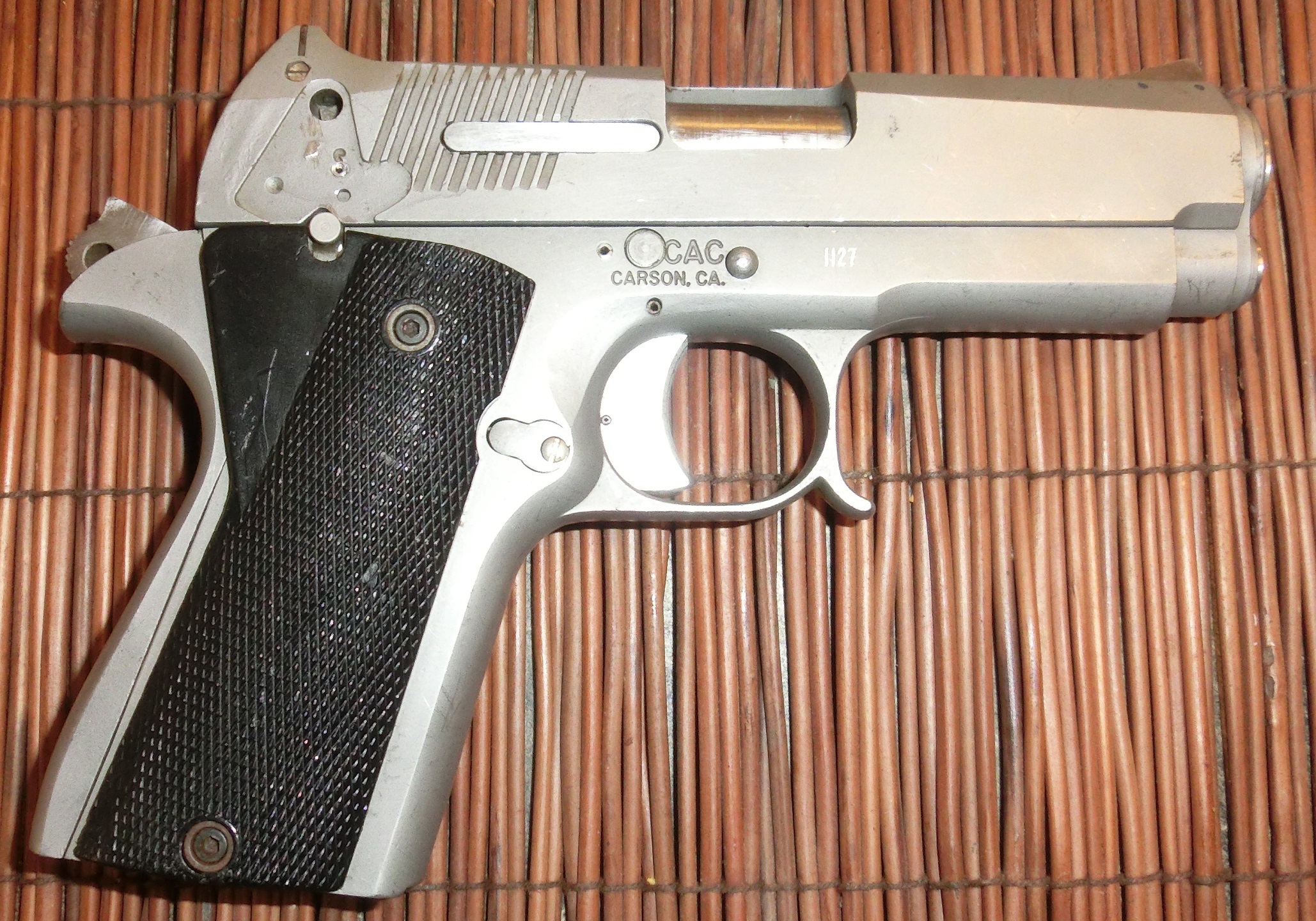There was not much industrial production the the Confederate States of America during the US Civil War, and Confederate-made revolvers have been very collectible for a very long time. Today we’re taking a look at three such revolvers made by a series of companies that evolved throughout the war. Specifically, a Leech & Rigdon, a CH Rigdon, and a Rigdon & Ansley.
All three are mechanically copies of the Colt 1851 Navy, as are most Confederate revolvers, but they have some distinctive features. In addition, by looking at all three together we can see some of the changes that took place as the war progressed.




Ian;
Avast is blocking access to video because it claims this is invalid;
sni41730.cloudflaressl.com
If this isn’t yours, you may have a lurker. It comes back to a .ru web address, so I thought you should know.
cheers
eon
Confederates did have the most advanced black powder plant in the world. Read “Never for Want of Powder: The Confederate Powder Works in Augusta, Georgia” by Bragg, Blaker, and Ross.
When you have limited means, you have to make choices. Most Confederate soldiers already had personal arms which the mustered in with. But they needed powder desperately as the war progressed. Union thought superior Confederate powder came from England,but it was actually home made.
You can also read about it here;
http://www.gutenberg.org/files/24537/24537-h/24537-h.htm
History of the Confederate Powder Works, Augusta, Georgia, by General George W. Rains (CSA)- the man who literally created it from scratch and ran it until Appomattox.
Their powder was used in gunnery training at West Point and Annapolis for many years after the war. And British experts from Waltham Abbey pronounced it “the finest black powder ever made, anywhere”- even better than their own.
BTW, in the process of developing quality control for their product, Gen. Rains and his technicians invented the world’s first electrically-operated chronograph, the ancestor of every one in use today.
cheers
eon
Remember Griwold and Gunnison!
By the same token, they had some pretty crude items, too, like the Dance Bros. Colt copies made in Texas;
http://harpersferrycivilwarguns.com/yahoo_site_admin/assets/images/DSCN6284.234112047_std.JPG
This Pietta copy is a bit safer to fire than the original. The original not only had no recoil shield, like this copy, its barrel also didn’t have a leade’, forcing cone, or even a bevel at the breech end facing the chambers. A lot of them didn’t have sights, which isn’t a big deal in the combat environment, but also didn’t have a safety notch on the hammer, which is a big deal anywhere, especially on a single-action “thumb-buster”.
Original Dance Colt clones were noted for spitting lead and multiple discharges, as well as losing their percussion caps before they could be fired.
Yes, they were “wartime emergency” weapons, but still, they left a lot to be desired. Except as collector’s items today.
The overall impression I’ve always gotten from the Dance Bros. revolvers is that they were made by people who left the more fiddly bits off, because they didn’t have enough actual knowledge of gunmaking or the use of revolvers to realize why those fiddly bits were there to begin with.
cheers
eon
I have a Dance video coming in a few more days… 🙂
Strike anybody else as weird that the contracts were only for 2400 or so, but it took apparently several years to deliver, all at time when the CSA is fielding armed forces as large as about 300,000 troops? I suppose money and capacity constraints (of which the CSA had very very many) might explain that…
It was also the fact that most gun manufacturers in the South were small, family-run businesses operating much like John Browning & Sons did in Utah after the war. Usually in a single building, and operated by a dozen skilled workers at most.
Also, assembly-line methods were almost unknown. These were “piecework” shops, where every item was almost hand-crafted. The term for their interchangeable-parts system is “sheet-made”, not “assembly-line”.
This is why there are so many different “brands” of .577in Enfield musketoon “clones” with “CSA” on them. Cooke, Richmond, Riggins, etc. One of these small “cottage industry” shops would bid fr a contract, stating that they would deliver so many musketoons, or revolvers, or whatever in a certain time based on their estimate of their own capacity.
Northern manufacturers did exactly the same thing with the Union War Department. But there is huge difference between Sam Colt setting up an all-new assembly line for the simplified “war production” 1862 Springfield .58 rifle-musket at Hartford, in addition to turning out revolvers as fast as they could on the other already-existing assembly lines, and Spiller & Burr contracting to build 5,000 copies of the .36 Colt Model 1851 “Navy” revolver, basically in batches of at most a dozen at a time, mostly with hand tools, in a “factory” built in a disused tobacco shed.
The amazing thing is that the Southern “cottage industry” makers turned out as many arms as they did. And that more of them weren’t as bad as the Dance Brothers Dragoon copy or the Richmond sharps. (Gen. Lee stated that the Richmond Sharps copy was more of a danger to its user than it was to his intended target.)
Modern copies of the Spiller & Burr, etc. are very popular with collectors, re-enactors, and just plain blackpowder “plinkers” alike. And they should be.
They’re not only a recreation of “a piece of history”, they’re probably a darn sight better-built than the originals. Cheaper in “constant dollars” as well, since they’re made like “real” Colts- on an actual, modern assembly line.
The moral is, since the beginning of the Industrial Age, if two countries go to war, and one has actual assembly-line industries and the other doesn’t, the one without those assembly lines is most likely to be the loser.
cheers
eon
Did the revolvers come with spare cylinders?